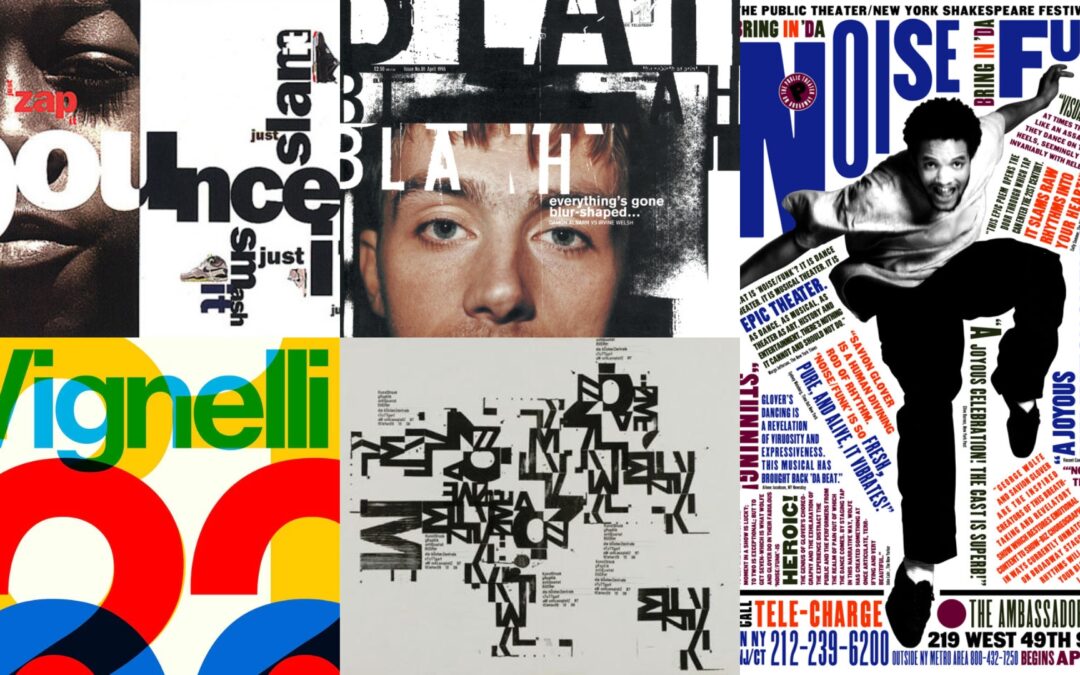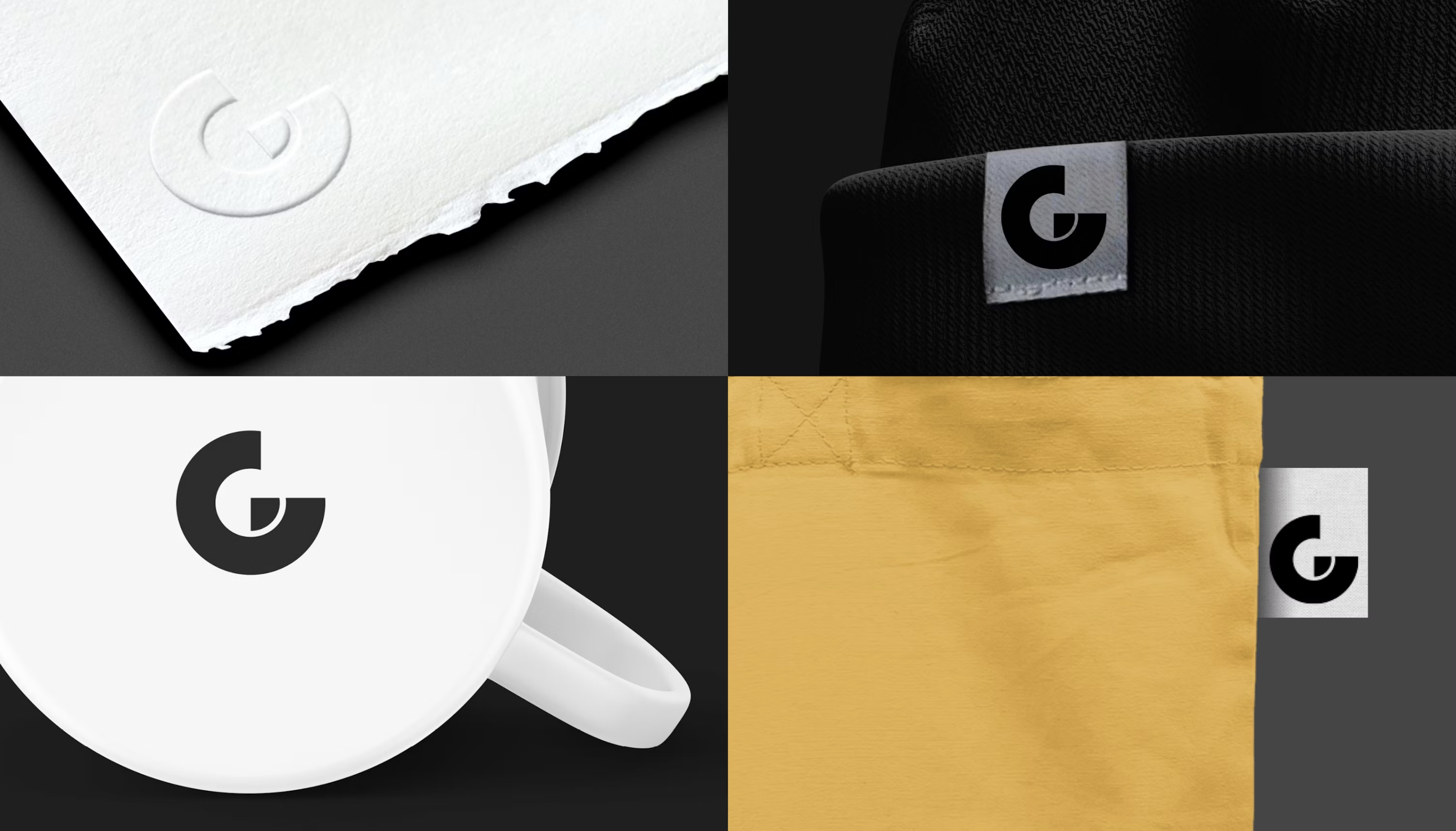There’s a reason we come back to the grid. It keeps things balanced, clean, and honest. It creates space for ideas to speak clearly. But here’s the truth: I don’t just respect the grid; I also enjoy tipping it slightly off its axis.
My work lives in the tension between order and rebellion. That’s what makes it breathe.
In the early years of my career, I was creatively lit up by David Carson, Neville Brody, Massimo Vignelli, Saul Bass, Paula Scher, and the designers who aren’t afraid to go too far, then dial it back just enough. I was drawn to work that felt visceral and brave. Then, somewhere along the line, I got distracted by trends, requests, and needing to pay the bills. I softened my edges. I made things that were beautiful, yes, but not always me.
Minimalism brought me back, not as a trend, but as a design philosophy. In a world that’s constantly screaming, I realised the boldest thing you can do is whisper. That silence, space, restraint, and clarity can hit harder than noise ever will.
And now? I’m finding my way back to the sweet spot. That intersection where Bauhaus discipline meets punk irreverence. I call it BauMalism, the kind of design that respects form and function but still knows how to stir something in you.
I use the grid. Religiously. But I also bend it. Nudge it. Let a line slip or a shape interrupt the rhythm. I’ve always been obsessed with typography, not just choosing fonts, but manipulating them, layering them, and breaking them in ways that feel intentional. To me, good design doesn’t shout. It whispers. But rebelliously.
Here’s what I wish more clients understood: good design is a process, and that takes time. It’s not a template. It doesn’t appear at the flick of a switch. When you work with me, you’re not getting a clone of what’s trending; you’re getting something made from scratch, built for you, with depth and care.
I design from instinct, but with discipline. And there’s one non-negotiable I’m (surprisingly often) asked to bend: I won’t use unlicensed images, fonts, or artwork. Ever. If we need it, we make it. Or we license it properly because being a designer means respecting the work of others, not just your own.
So yes, I respect the grid. It holds the structure. But the break? That’s where the story begins.





